The streets of 2030 may look like something out of a cyberpunk fantasy, with pedestrians glowing softly as they walk. What sounds like science fiction is inching closer to reality as bioluminescent clothing prepares to make the leap from laboratory curiosity to mainstream fashion. Across research facilities and avant-garde design studios, scientists and designers are collaborating to create wearable light that doesn’t rely on batteries or electricity—just biology.
Bioluminescence, the natural phenomenon that makes fireflies glow and gives certain jellyfish their eerie radiance, has long fascinated researchers. The idea of harnessing this for human use isn’t new, but recent breakthroughs in genetic engineering and material science have accelerated progress to a point where commercial viability seems imminent. Startups like Glowee in Paris and BioLume in San Francisco have already debuted early prototypes—jackets with living microorganisms embedded in flexible hydrogel panels that emit a gentle blue-green hue. Though these first-generation designs require nutrient solutions to sustain the organisms, next-wave innovations aim to make the system entirely self-sustaining.
The appeal goes beyond aesthetics. Urban planners speculate that bioluminescent apparel could reduce cities’ reliance on streetlights, cutting energy consumption. Safety advocates highlight its potential for cyclists and nighttime runners, making them visible without reflective gear. Meanwhile, the fashion industry sees it as the ultimate fusion of sustainability and spectacle—clothing that literally lives and breathes. "This isn’t just another tech gimmick," says MIT biomaterials researcher Dr. Elena Vazquez. "We’re talking about redefining the relationship between wearables and the environment."
Consumer reactions, however, remain mixed. Early adopters praise the otherworldly beauty of garments that pulse faintly in sync with the wearer’s heartbeat (a feature achieved through pH-sensitive bioengineered bacteria). Skeptics question the practicality: Will the glow last through a workday? Can you machine-wash something alive? Manufacturers are racing to address these concerns, with some developing "dormant" organisms activated by body heat and others pioneering spray-on bioluminescent coatings that refresh faded areas.
The cultural implications run deep. In Tokyo’s Harajuku district, where street fashion constantly reinvents itself, glowing attire has already spawned subcultures. "Lumenists" modify their outfits’ brightness by adjusting diets that feed the symbiotic organisms, while "Neonatives" deliberately let sections die to create haunting decay patterns. This organic approach to customization stands in stark contrast to today’s LED-laden smartwear. As trend forecaster Liam Chen observes, "It’s not about controlling the light—it’s about collaborating with it."
Ethical debates simmer beneath the surface. Animal rights groups protest the use of genetically modified luminous jellyfish proteins, while bioethicists warn about uncontrolled horizontal gene transfer if synthetic organisms escape into ecosystems. The industry counters by emphasizing strict containment protocols and highlighting plant-based alternatives like glow-in-the-dark mushrooms. Regulatory bodies are scrambling to establish frameworks; the EU recently classified certain bioluminescent wearables as "contained biological art" to bypass stricter GMO laws.
Production challenges persist. Scaling up requires moving beyond hand-injected nutrient systems to mass-producible "bio-ink" cartridges. Durability remains an issue—most prototypes last only three months before the microorganisms exhaust their lifecycles. But pioneers like Berlin’s LIVINGwear have made strides with 3D-printed vascular structures that mimic plant leaves, continuously distributing nutrients. "We’re not designing clothes anymore," remarks CEO Johanna Faber. "We’re gardening wearable ecosystems."
The economic ripple effects could be substantial. Traditional textile manufacturers face obsolescence unless they adapt, while biotech firms suddenly find themselves in the fashion supply chain. Luxury brands are taking note: Stella McCartney’s 2029 "Eco-Lume" collection featured handbags with living fungal linings that glowed brighter when exposed to pollutants—a literal environmental statement. Fast-fashion giants, meanwhile, are investing heavily in synthetic biology divisions, though critics argue their rushed timelines could compromise safety.
By 2035, analysts predict the bioluminescent apparel market could surpass $12 billion globally. What begins as clubwear and high-visibility workgear may evolve into dynamic displays that change color based on weather or air quality. Some futurists even envision entire buildings draped in living light-emitting textiles, creating cities that breathe and shimmer. As the boundaries between technology, fashion, and biology blur, one thing becomes clear: The future of clothing won’t just be worn—it will be alive.

By /Jul 24, 2025

By /Jul 24, 2025

By /Jul 24, 2025

By /Jul 24, 2025

By /Jul 24, 2025

By /Jul 24, 2025

By /Jul 24, 2025
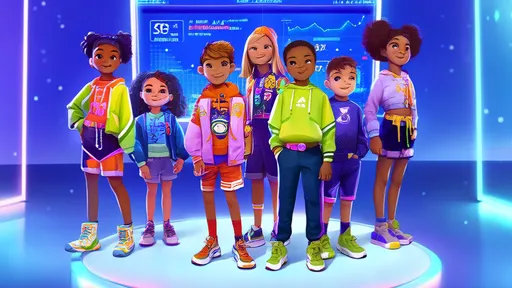
By /Jul 24, 2025

By /Jul 24, 2025

By /Jul 24, 2025
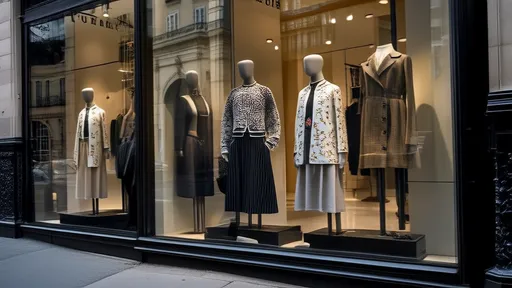
By /Jul 24, 2025
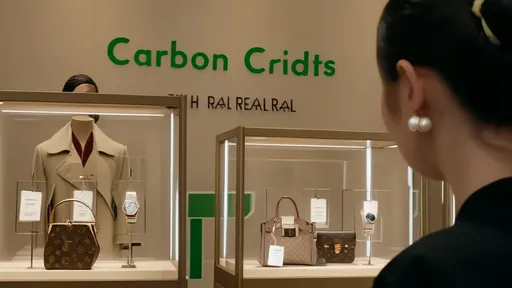
By /Jul 24, 2025

By /Jul 24, 2025

By /Jul 24, 2025
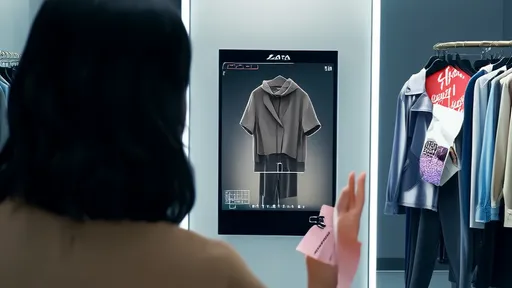
By /Jul 24, 2025

By /Jul 24, 2025
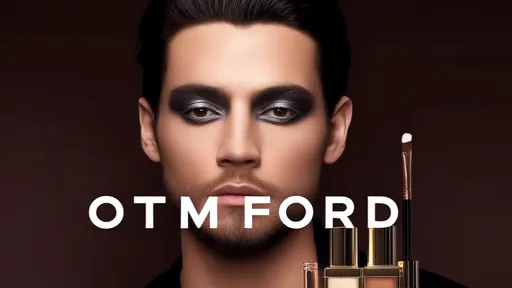
By /Jul 24, 2025
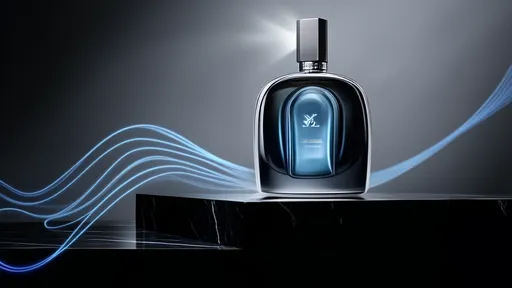
By /Jul 24, 2025